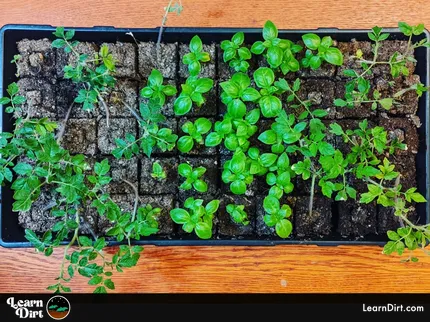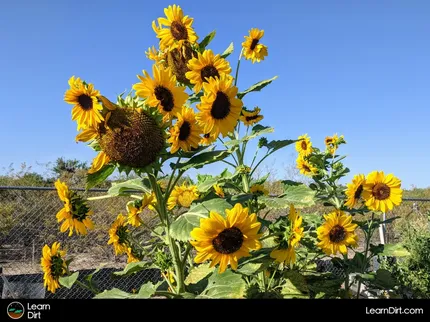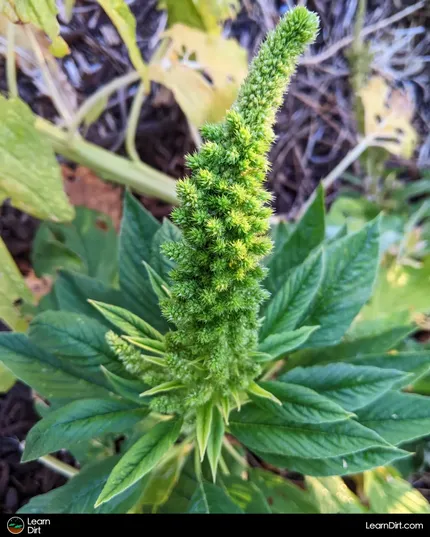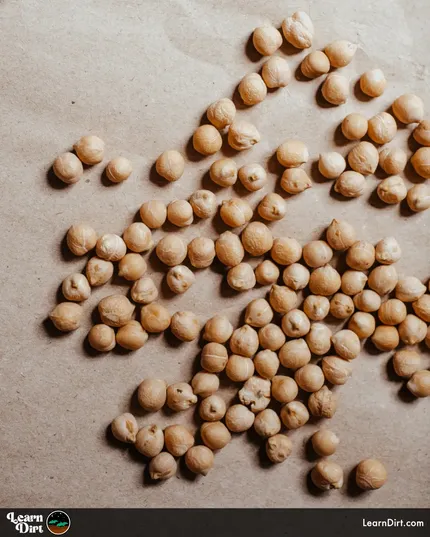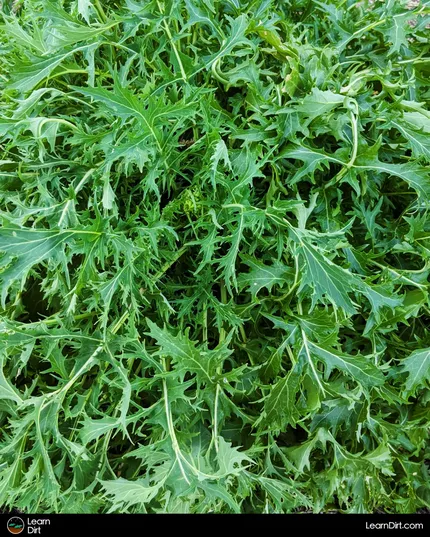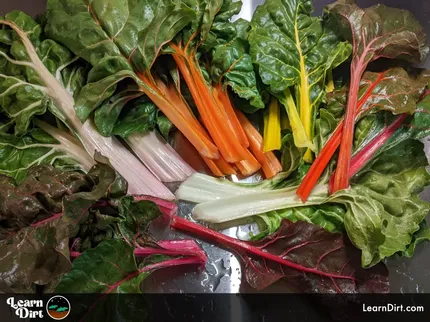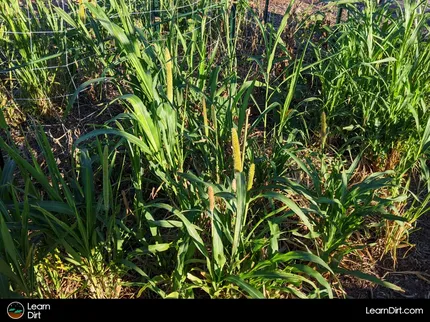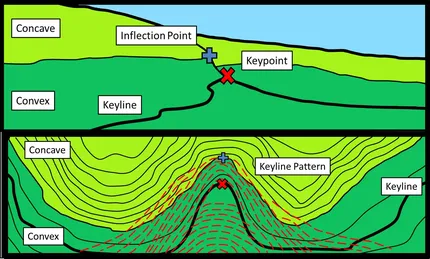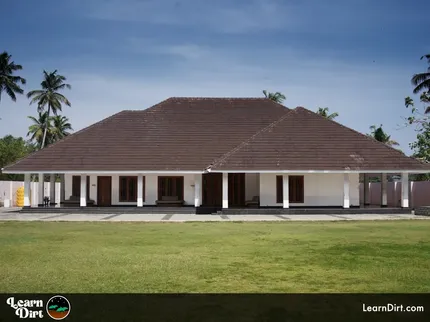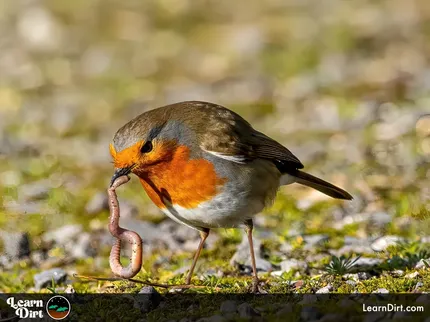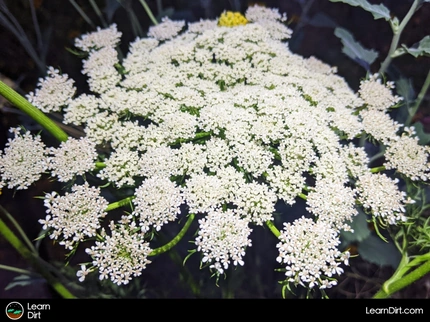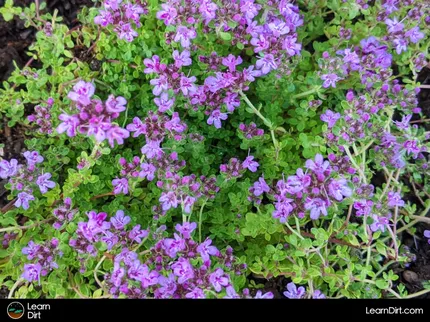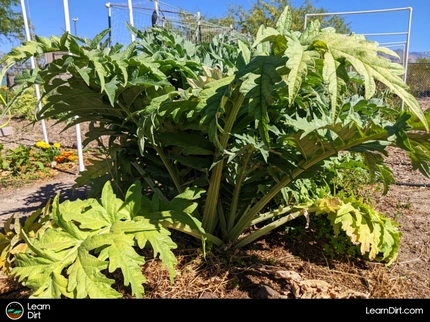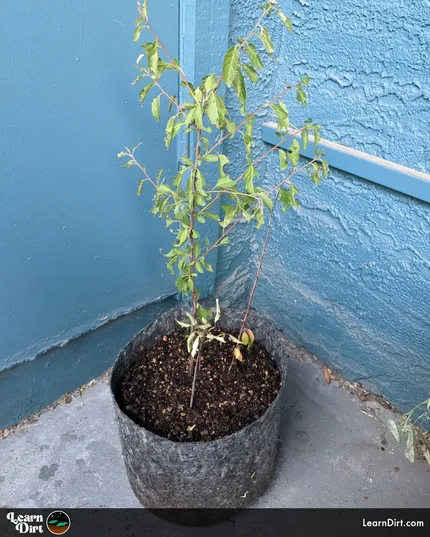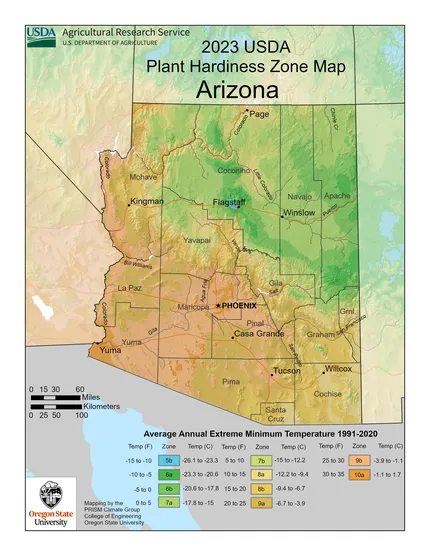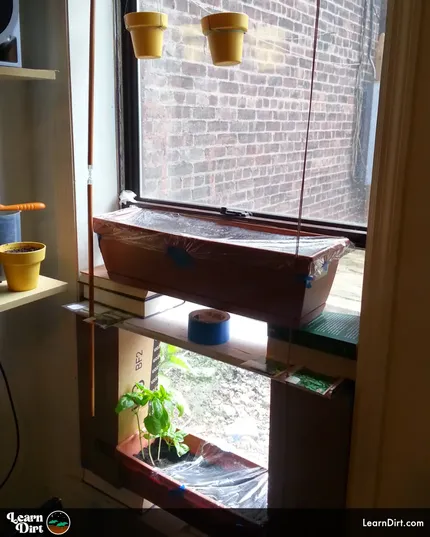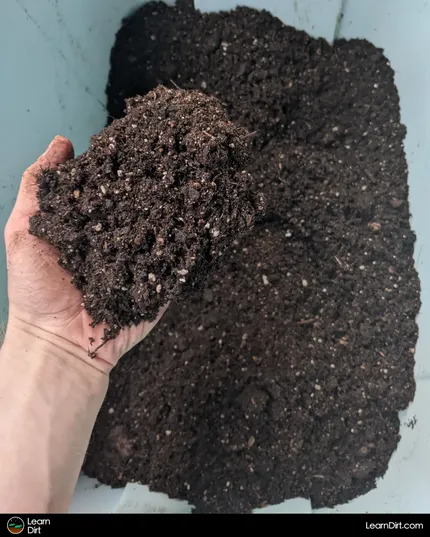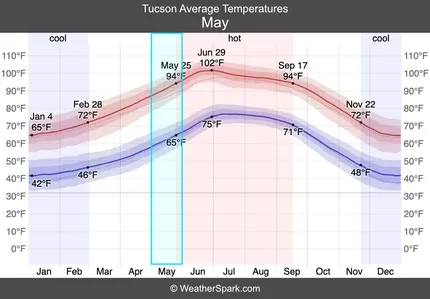Table of Contents
- What Is Systems Thinking?
- How Does Regenerative Gardening Fit Into Systems Thinking?
- Garden Inputs and Outputs
- Feedback Loops
- Unintended Consequences in Complex Systems
- Observe Before Acting
- Wrapping Up...
* Our articles never contain AI-generated slop *
One of the core concepts in regenerative gardening is Systems Thinking. Here we'll discuss what systems thinking is, and how it relates to regenerative gardening.
Quick aside: if you're not yet familiar with regenerative gardening, I highly suggest you check out What Is Regenerative Gardening first and then head back here when you're ready for something more advanced.
What Is Systems Thinking?
Systems Thinking is a mindset which seeks to understand and to be able to interact with complex systems comprised of numerous parts.
Disclaimer: This post may contain affiliate links. Refer to the privacy policy for more information.
One great example of a complex system is an ecosystem.
An ecosystem is comprised of all manner of species, from plants to animals, fungi to bacteria, archea, flagellates, etc.
Importantly, each species is both a whole and a part of a whole. This is called a holon, and comprises one of numerous pieces that make up a holism.
Consider the cells in your body - each cell has its own individual needs such as absorbing nutrients and water. Each cell simultaneously has to subordinate itself to the whole system in order for your body to function. In this example, your body is a holism comprised of billions of cells which act as holons. Only together as a complex system is the phenomenon of YOU able to exist.
Systems thinking emphasizes the connections between parts of the whole, and focuses on relationships and the delicate balance of the whole.
Systems thinking applies to cases where there are emergent properties from aggregating numerous pieces together and getting them interacting. The whole becomes greater than just the sum of its parts.
Join The Grower's Community
Looking for a place to meet growers,
ask questions, share knowledge, be heard,
and feel like you belong? 🌱
Check It Out!
This is in contrast to reductionism, which seeks to isolate individual pieces and study them separately without maintaining their relationships, connections, or systems.
Reductionism may study a plant in isolation, while systems thinking recognizes that a plant cannot be so easily separated from its environment, its ecosystem, its connections with the soil and the microbiome and all the life in the ecosystem.
One critical point to take away here is the reliance and the interdependence of each piece on each and every other piece. Don't overlook this.
How Does Regenerative Gardening Fit Into Systems Thinking?
Systems thinking is particularly relevant to gardening, as the health of a garden depends on the health of its soil, plants, insects, fungi, bacteria, and a whole cast of other organisms working together in concert.
Regenerative gardening is all about interacting with and shepherding these systems to help create sustainable, balanced ecosystems that thrive.
It's about recognizing that our actions as gardeners can have enormous impact on the health of the entire ecosystem. This is both an opportunity and a responsibility.
Through helping balance our local ecosystems and ensuring they thrive, we can also thrive off the abundant harvests that the system can yield.
Even more importantly, though, we will contribute to the health of the ecosystem, the environment, and the planet while we do it!
Garden Inputs and Outputs
One defining factor of a complex system is the presence of inputs and outputs. These are ways in which the system takes in things from outside itself, and expels things from within itself.
Gardening also has these inputs and outputs, and it's important to understand them in your ecosystem so you can maintain a balance between the two.
Each type of nutrient is cycled through the system, and any nutrients lost as outputs need to be replaced with inputs.
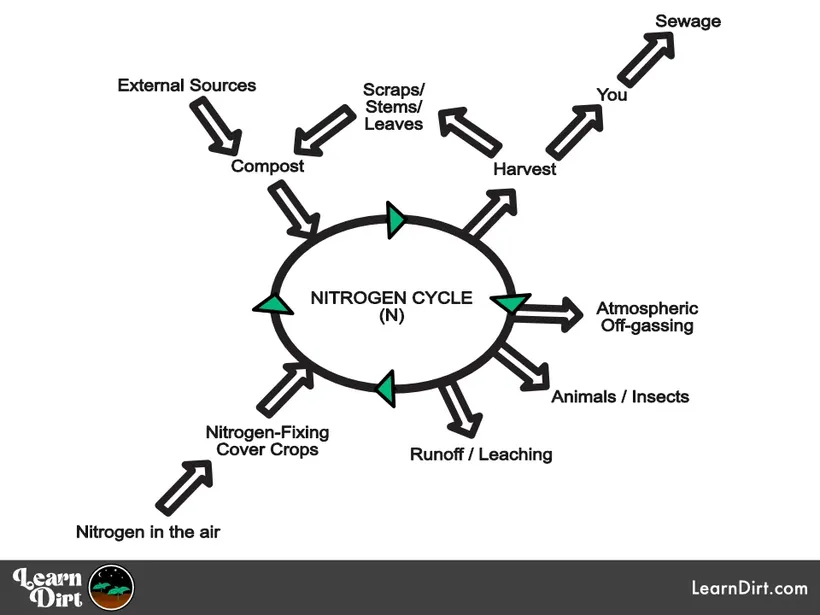
Feedback Loops
In systems thinking there is a concept known as a feedback loop. You're probably familiar with these, though maybe you don't recognize them by name.
Feedback in a microphone is caused by sound compounding back on itself infinitely until it has spiraled out of control.
In gardening, a feedback loop can build in a similar way.
Picture a garden which is lacking in nutrients.
Because of this, it produces weak and sickly plants.
Since the plants are not be healthy, they attract pests.
These pests cause further damage to the already-weakened plants, weakening them further.
This, in turn, attracts even more pests to the garden.
This is what a negative feedback loop in the garden ecosystem looks like.
Dig Cool Merch?
Feedback loops are fundamental to complex systems, and can appear when the system's delicate balance is shaken.
Let's look at another feedback loop example:
-A garden with low quality soil may have poor moisture retention because of it.
-Poor moisture retention can cause calcium transport issues.
-Calcium transport issues in soil can lead to calcium deficiency in plants.
-Finally, a calcium deficiency in your summer squash may manifest as blossom end rot.
All these factors are interdependent, and require a systems thinking approach to be able to trace the cause back to the source.
Systems thinking will also inform your decisions and remediation efforts, by understanding the repercussions of any changes you may make to the system.
Positive Feedback Loops
One important note here is that feedback loops are not always negative. Positive feedback loops also exist where improvements to systems build on each other and the whole ecosystem benefits.
Regenerative gardening seeks to break negative feedback loops and create positive ones.
For example, working to improve soil health can lead to a great positive feedback loop. Healthy soil can support healthier plants, which in turn can help improve the soil health even further.
Unintended Consequences in Complex Systems
Because of the interconnected nature of complex systems and the shear number of relationships present, changes to the system can often lead to unintended consequences.
Wise systems thinkers understand this, and do not rush to change complex systems without first understanding the possible repercussions of their action.
Systems thinkers visualize the ripple effects from their actions through the whole system and are conscientious about what they do.
Foolishness rushes drastic changes to complex systems without a holistic understanding of the numerous relationships across which the change will propagate.
The result is unintended consequences.
unforeseen issues that ripple through the entire system and pop up in unexpected places.
The classic example of this is the case of hunting wolves to near-extinction in the American west.
Wolf hunting led to an explosion in elk populations, which in turn caused enormous ecosystem destruction as elk overgrazed the land.
In regenerative gardening, we also work to shepherd complex ecosystems and must be aware that our changes can also easily lead to unintended consequences.
For example, applying synthetic fertilizers can result in nutrient imbalances in the soil.
Nutrient imbalances in the soil can lead to decreased soil health over time.
This, in turn, can lead to increased pest problems and decreased crop yields.
In this case the intention to increase crop yields without the holistic system knowledge can paradoxically lead to eventual crop yield reductions.
Regenerative gardening focuses time and awareness on the possibility of unintended consequences in garden ecosystems and takes this possibility seriously.
This leads us to the next pillar of regenerative gardening...
Observe Before Acting
We should be striving to observe the wisdom of nature to find exquisite balance harmoniously in ecosystems. Rather, we tend to try and force our will and ignorance onto complex systems without understanding, nor thinking through the consequences and repercussions of our actions that will ripple through and unbalance the whole system.
I see gardeners smush caterpillars and grasshoppers, not realizing that they are eliminating meals for local birds who would love to call the garden home.
Gardeners use yellow sticky card traps outdoors, indiscriminately targeting all manner of beneficials as well as their prey.
I see folks vacuuming up cucumber beetles, unaware that they are eliminating food sources for minute parasitoid wasps and mantids alike.
There's a real similarity between these actions and the story of ranchers hunting wolves to near-extinction in the Western US. Overlooking their cornerstone ecosystem role and demonizing their role in balancing prey populations. We are still trying to repair that fear-induced mistake to this day.
When I see "organic" gardeners demonizing parts of the ecosystem, overlooking the holistic connection, and delicate balance which nature can strike with our help, I'm reinvigorated on my mission to inspire and educate more gardeners to grow regeneratively, adopt systems thinking, observe before acting, and come to understand the complex and delicate holism that is nature.
Wrapping Up...
By looking at regenerative gardens as a complex holistic systems, we can come to more-closely understand them. We can observe carefully how our actions create ripple effects through all the biology in the system.
Through understanding the delicate balanced equilibrium and the interconnected nature of the ecosystem, we may be better-equipped to work with it in a more sustainable way.
I love to see gardeners who patiently take the time to learn and observe before acting, to strive to shepherd their ecosystems carefully. Gardeners who seek balance, rather than indiscriminately imposing their will.
That those who grow food for communities will also learn to do so in a balanced way, giving more back to the land than they take.
That consumers will come to value regeneratively-grown food.
That growing food will be used as a vehicle of change to help repair the very ecosystems it relies on.
Through balanced regenerative systems we can shepherd a garden or farm which not only produces healthy food, but also contributes to the health of the community and the environment all at once. Happy gardening, y'all!
That's all for now, thanks for reading!
If you have any questions, comments, or would like to connect with fellow gardeners, head on over to the forum and post there.

![Don't Till Away Your Carbon [Taffy]](/media/product_images/dont-till-away-your-carbon-[taffy]_sticker_260x260.png)
![Don't Till Away Your Carbon [Neon]](/media/product_images/dont-till-away-your-carbon-[neon]_sticker_260x260.png)

